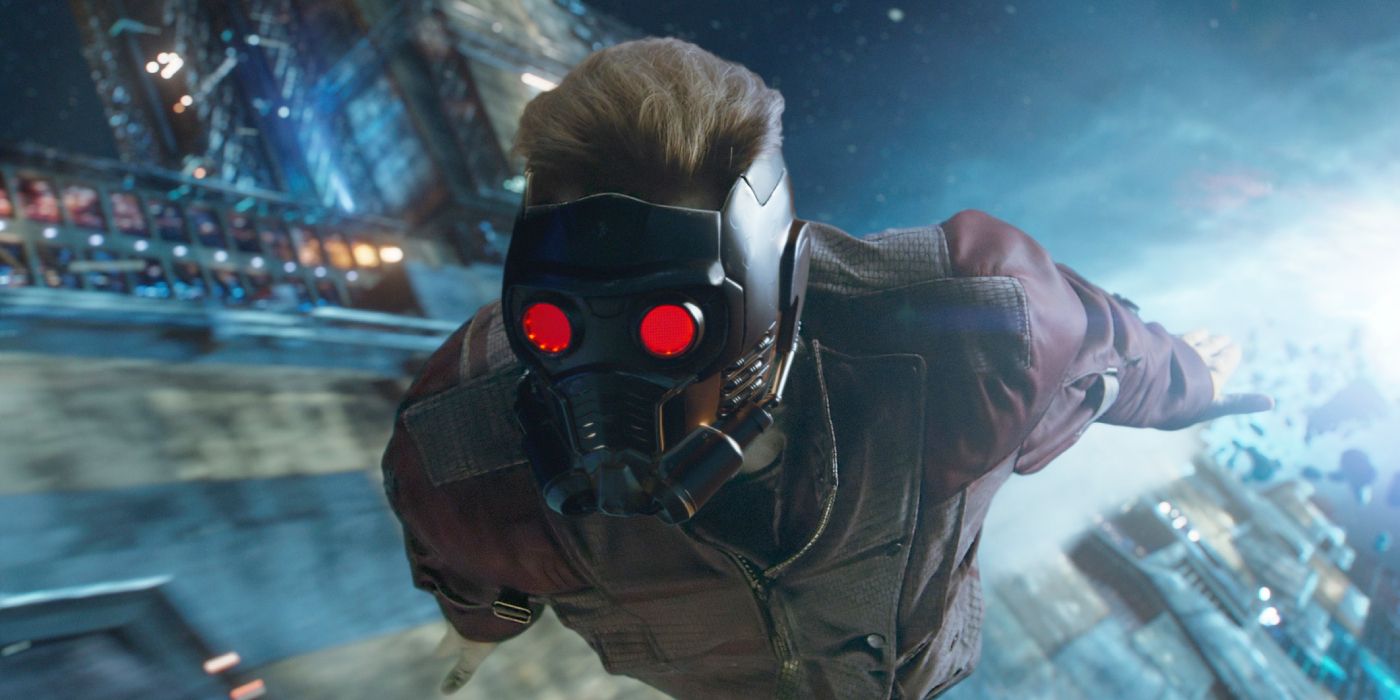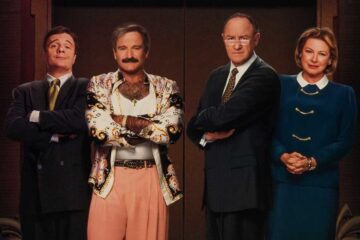The Guardians of the Galaxy series has always been something of an outlier in the MCU. The tone tends to be lighter, the action weirder, and the found family themes more in the foreground. In the Marvel Cinematic Universe’s post-Infinity Saga landscape, the Guardians franchise continues down each of these paths. But one other thing that has happened in every entry is that a character has been exposed to the harsh environment of the vacuum of space.Marvel, as a whole, and Guardians, in particular, have never been terribly beholden to the rigors of physics. Ant-Man’s Quantum Realm can’t exist, and Captain America’s shield wouldn’t be able to ricochet. But those both involve exotic materials and superhuman abilities that can’t really be replicated in the real world. Some fudging of science is to be expected. Exposure to the vacuum of space, on the other hand, is something that can happen and something astronauts need to worry about. It’s time to dive into some physics and biology and see if Marvel is about to get schooled on the science of space.Before any discussion of science can happen, there needs to be a caveat. Of the characters jettisoned into space in Guardians movies, most were not human. Peter Quill was half-human until his alien half dissolved away when he killed his father, making him fully human. In all these discussions, some speculation is required as to how different alien biologies might react to the same environment. Adam Warlock is completely unaffected by the vacuum, while other characters die fairly quickly.RELATED: New Vs. Old Guardians of the Galaxy: Who Would Win in a Fight?
The Guardians of the Galaxy series has always been something of an outlier in the MCU. The tone tends to be lighter, the action weirder, and the found family themes more in the foreground. In the Marvel Cinematic Universe’s post-Infinity Saga landscape, the Guardians franchise continues down each of these paths. But one other thing that has happened in every entry is that a character has been exposed to the harsh environment of the vacuum of space.
Marvel, as a whole, and Guardians, in particular, have never been terribly beholden to the rigors of physics. Ant-Man’s Quantum Realm can’t exist, and Captain America’s shield wouldn’t be able to ricochet. But those both involve exotic materials and superhuman abilities that can’t really be replicated in the real world. Some fudging of science is to be expected. Exposure to the vacuum of space, on the other hand, is something that can happen and something astronauts need to worry about. It’s time to dive into some physics and biology and see if Marvel is about to get schooled on the science of space.
Before any discussion of science can happen, there needs to be a caveat. Of the characters jettisoned into space in Guardians movies, most were not human. Peter Quill was half-human until his alien half dissolved away when he killed his father, making him fully human. In all these discussions, some speculation is required as to how different alien biologies might react to the same environment. Adam Warlock is completely unaffected by the vacuum, while other characters die fairly quickly.
#Guardians #Franchise #Portray #Decompression #Sickness
Note:- (Not all news on the site expresses the point of view of the site, but we transmit this news automatically and translate it through programmatic technology on the site and not from a human editor. The content is auto-generated from a syndicated feed.))



